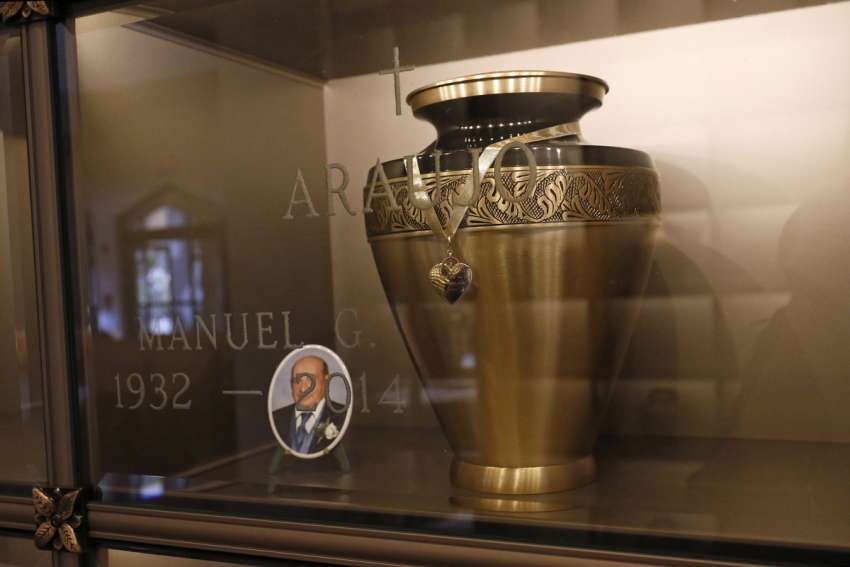Though this may not be the most joy-inducing topic, it’s important to consider end-of-life practices. For most Catholics, Funeral Rites are an important part of final arrangements as they guide peace and eternal rest through prayer for those who are deceased. From the vigil to the funeral liturgy, you can plan to have friends and family gather for a Holy Mass. After this, you are laid to rest.
This begs the critical question: would you rather be cremated or buried in a traditional coffin?
Now, you may be under the impression interment was your only path to Heaven as a devoted Catholic. However, the verity of this discussion is more nuanced and requires some guidance from the Vatican. In 1963, the doctrine was clarified by the Catholic Church to allow cremation, although it continues to recommend burial of ashes or for them to be stored on other sacred grounds. At this time, the Vatican also looked to clarify what sacred keeping may look like for Catholics. The resurrection of the body is a belief held definitively by the Catholic Church, so the ashes must remain in a state where they can be respected and honoured through this process. For this reason keeping all cremated remains in only one vessel is part of the Catholic ritual. Burying or using private mausoleums or columbariums are two options for resting the cremated remains of yourself or a loved one in a sacred manner.
The Catholic Rite of Committal traditionally takes place at the graveside. The community is led in prayer to honour the deceased and bless the burial ground. This is the final gathering of loved ones and the deceased before they are interred. The priest or deacon will use holy water and incense to bless the body or urn before burial. In special cases, a blessing for the Rite of Committal may also be given at the crematorium.
When considering your own final arrangements or that of a loved one, you may feel some pressure or stress. It is important to decipher and keep what is best for you and your faith journey at the heart of this decision. Here are a few considerations.
• Family Plots — If you come from a family that has deep roots in the local community, there’s a chance you already have a family plot set apart at a local cemetery. Family plots can be many different sizes and accommodate both coffins and urns depending on the size and age of the family plot. Sometimes, space may not be available or there may only be enough space for an urn. In these cases, you may consider an adjacent columbarium at the same cemetery or the purchase of a new, private family mausoleum to continue the tradition of unity after death.
• Cost — Cost is another common consideration and source of stress when planning final arrangements. A traditional Catholic Funeral Rite has three parts where fees can quickly incur. Taking some time to plan, meet with a local funeral director and review your finances can help guide your decision around final resting arrangements. It is important to note that a traditional burial inside a coffin comes at a higher cost than burial of an urn with cremated remains.
• Memorialization — Another consideration to honour your life — or that of your loved one — and your faith at the same time is through memorialization. If unable to reserve a burial spot at your family plot or columbarium, you may want to create a memorial or plaque to be placed in the same area. Alternatively, you may have your name added to an existing tombstone or create a plaque or bench elsewhere in your community to commemorate a life well lived and dedication to your faith.
All in all, how you choose to be laid to rest is up to you, as may be permitted according to the bylaws of the cemetery. A Catholic burial should properly honour the deceased while bringing comfort to those grieving. Consider the Catholic Funeral Rites as you make your decision and consult with experts and those closest to you as you plan your journey.
(Marc Bisson is the Managing Director of Catholic Cemeteries for the Archdiocese of Ottawa-Cornwall.)


